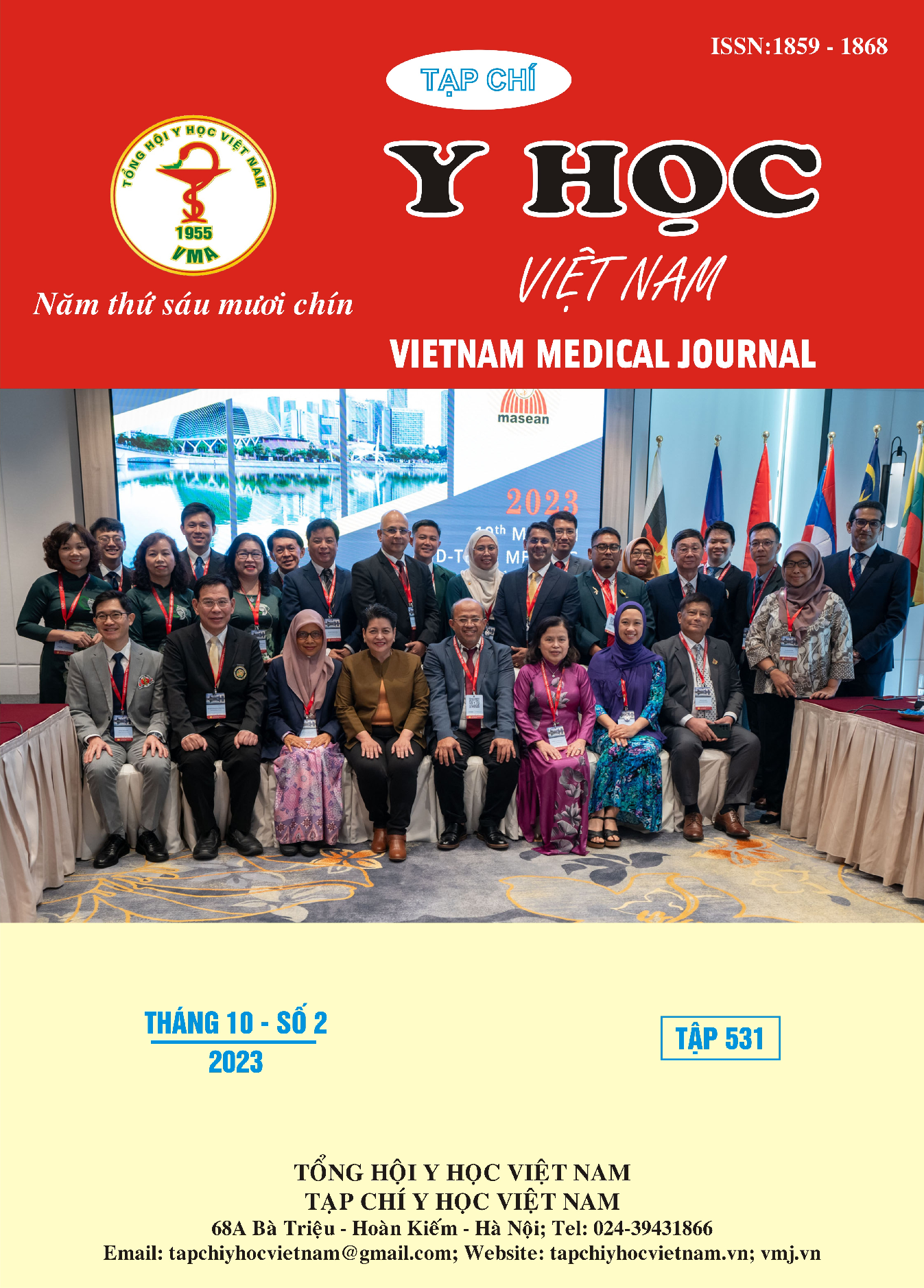FREQUENCY OF PNPLA3 I148M POLYMORPHIC VARIANT IN THE VIETNAMESE – A PILOT STUDY AT PHAM NGOC THACH UNIVERSITY OF MEDICINE
Main Article Content
Abstract
Introduction: Single nucleotide polymorphism PNPLA3 I148M is a proven factor related to the mechanism and progress of non-alcoholic fatty liver disease. Information on genotypic ratio and association with clinical and laboratory parameters has been still limited. Objectives: To determine the frequency of the variant I148M in adults at Pham Ngoc Thach University of Medicine (UPNT) and to describe the relationship with age, genre, some clinical, subclinical factors. Subjects and research methods: Cross sectional, descriptive study, investigating on adults at UPNT. Variant was determined by Sanger sequencing. Anthropometric, history and paraclinical indicators using the results of physical examination. Results: There were 147 adults participating in the study. The average age was 39.6 years old, female accounted for 64.0%. The percentage of allele C accounted for 65.3%, allele G accounted for 34.7%. Genotypic ratio CC: 51.0%, CG: 28.6%, GG: 20.4%. People with a history of hypertension accounted for 8.2%, diabetes is 2.0%, metabolic syndrome 12.2%, overweigh-obese (BMI) 42.2%. The median levels of some biochemical parameters were in normal range. There was a statistically significant difference between the group with the G allele and the group without the G allele in the index of triglycerides and cholesterol. Conclusion: The genotype ratio of variant PNPLA3 I148M has been determined in adults at UPNT. The relationship between the variant and the investigated anthropometric, clinical and biochemical characteristics has not been recorded.
Article Details
Keywords
NAFLD, PNPLA3 gene, I148M variant.
References
2. Clayton D G, "Prediction and interaction in complex disease genetics: experience in type 1 diabetes", PLoS genetics. (2009) 5 (7): pp. e1000540.
3. Dương Hoàng Huy L, Minh Hà N, Ước Nguyện N, "Quy trình giải trình tự Sanger một số biến thể đa hình đơn nucleotide trên các gen PNPLA3, TM6SF2, MBOAT7 và GCKR liên quan đến bệnh gan nhiễm mỡ không do rượu", Tạp chí Y học Việt Nam. (2022) 513 (2): pp.
4. Gabriel S B, Schaffner S F, Nguyen H, Moore J M, et al, "The structure of haplotype blocks in the human genome", Science. (2002) 296 (5576): pp. 2225-2229.
5. Grundy S M, Cleeman J I, Daniels S R, Donato K A, et al, "Diagnosis and management of the metabolic syndrome: an American Heart Association/National Heart, Lung, and Blood Institute scientific statement", Circulation. (2005) 112 (17): pp. 2735-2752.
6.https://www.ncbi.nlm.nih.gov/snp/rs738409.
7. Li J, Zou B, Yeo Y H, Feng Y, et al, "Prevalence, incidence, and outcome of non-alcoholic fatty liver disease in Asia, 1999–2019: a systematic review and meta-analysis", J The lancet Gastroenterology hepatology. (2019) 4 (5): pp. 389-398.
8. Salari N, Darvishi N, Mansouri K, Ghasemi H, et al, "Association between PNPLA3 rs738409 polymorphism and nonalcoholic fatty liver disease: A systematic review and meta-analysis", BMC endocrine disorders. (2021) 21 (1): pp. 125.


